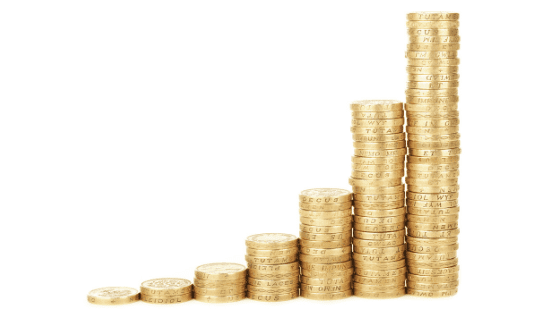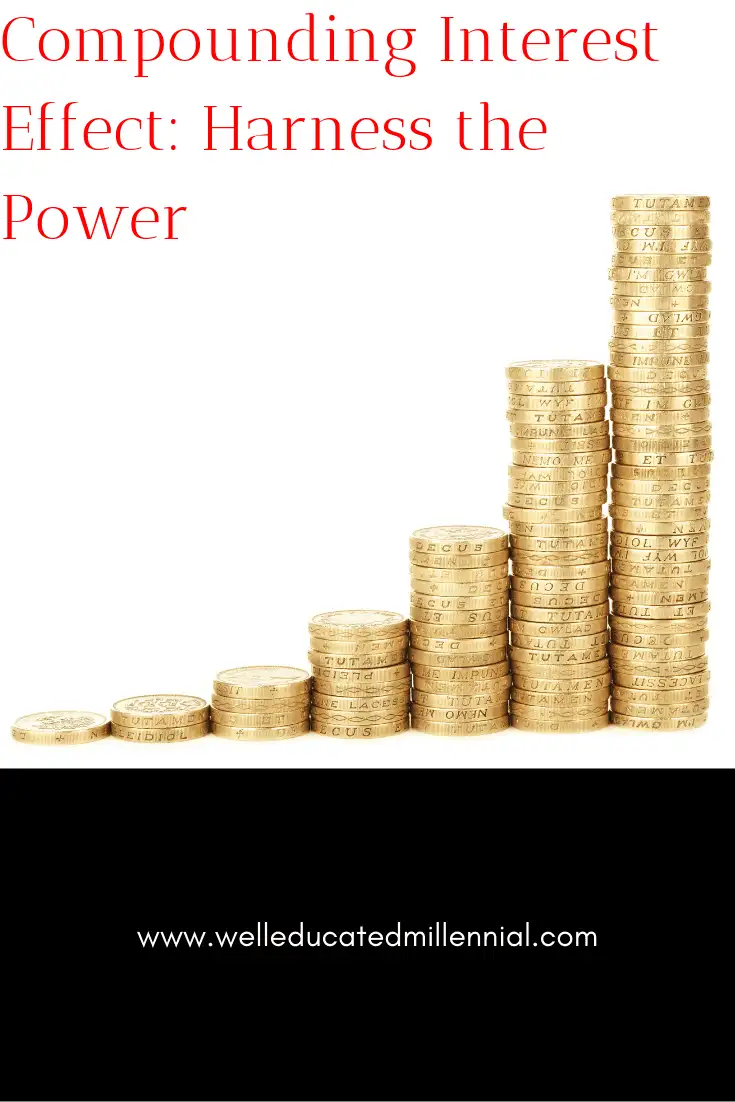Understand How the Compounding Interest Effect Works to Help Grow Your Money and Accumulate Wealth Over Time
There’s a profound concept in financial management that, if utilized properly and consistently, will exponentially add to your nest egg in the long run. The compounding interest effect is a simple mechanism, yet (IMHO) understated, for generating wealth with literally no effort. In fact, that’s essentially how it works. By investing in an asset that pays interest and letting the interest accumulate, the interest you earn then becomes part of the asset or principal, which starts earning more interest for you. Money earning money is a wonderful thing.
Instead of cashing out the payments, leaving your earnings in the asset will allow them to be fruitful and multiply. Albert Einstein appreciated this concept by famously saying, “[c]ompound interest is the eighth wonder of the world. He who understands it earns it…he who doesn’t…pays it.” Preach.
Having an understanding of the compounding effect is very important if you want to fully utilize your money’s earning potential and maximize your return on investment. In an effort to see how compounding interest works, let’s take a look at the basic formula showing the exponential growth over time.
Initial Investment x (1 + Interest Rate)^(Number of Years)
In plain English, this means compounding interest is calculated by multiplying your initial investment by one plus the interest rate, taken to the exponential power of the number of years compounded. For example, suppose you have $10,000 to put towards an investment that will earn an annual interest of 7% for 5 years. First, let’s take a look at how much you’ll have at the end of 5 years ignoring compounding interest each year.
Ignore Compounding
Initial Investment Amount: $10,000
Annual Interest Rate: 7%
| Year 1 | Year 2 | Year 3 | Year 4 | Year 5 | |
| Beginning Balance | $10,000 | $10,000 | $10,000 | $10,000 | $10,000 |
| Interest Earned | $700 | $700 | $700 | $700 | $700 |
| Cash Out Interest | -$700 | -$700 | -$700 | -$700 | -$700 |
| Ending Balance | $10,000 | $10,000 | $10,000 | $10,000 | $10,000 |
Final Investment Amount: $13,500
Starting with your $10,000 investment, ignoring the compounding effect, after five years you’ll have $13,500, your initial investment amount plus the simple 7% interest payments over that timeframe. This is 35% more than your initial investment, which is an ROI (Return on Investment) of 7% annually coming from interest payments. Easy enough. Now, let’s look at utilizing the compounding effect under the same circumstances.
Utilize Compounding
Initial Investment Amount: $10,000
Annual Interest Rate: 7%
| Year 1 | Year 2 | Year 3 | Year 4 | Year 5 | |
| Beginning Balance | $10,000 | $10,700 | $11,449 | $12,250 | $13,108 |
| Interest Earned | $700 | $749 | $801 | $858 | $918 |
| Ending Balance | $10,700 | $11,449 | $12,250 | $13,108 | $14,026 |
Final Investment Amount: $14,026
You’ll have $14,026 after five years of compounding interest, resulting in an ROI of 40.26% or 8.05% annually. This effect is amplified as the amount of time that interest is compounded increases. If you let the initial investment grow for 30 years using compounding interest, your final amount will be $76,123 compared with $31,000 ignoring this powerful effect, more than doubling your money under the same circumstances.
As you can see, it pays to have a long-term view of investing and growing your money. The most successful investors in the world, including Warren Buffett, attribute much of their wealth to the incredible concept of compounding interest. Understanding and utilizing compounding interest can add significant value to your investment over time and boost your ability to accumulate wealth.
Enjoyed the read? Subscribe to my blog and spread the word by sharing this article with your circles!
I’d love to hear your take on the subjects we’ve covered in this post. Drop a comment or question below. Let’s keep this conversation going!


